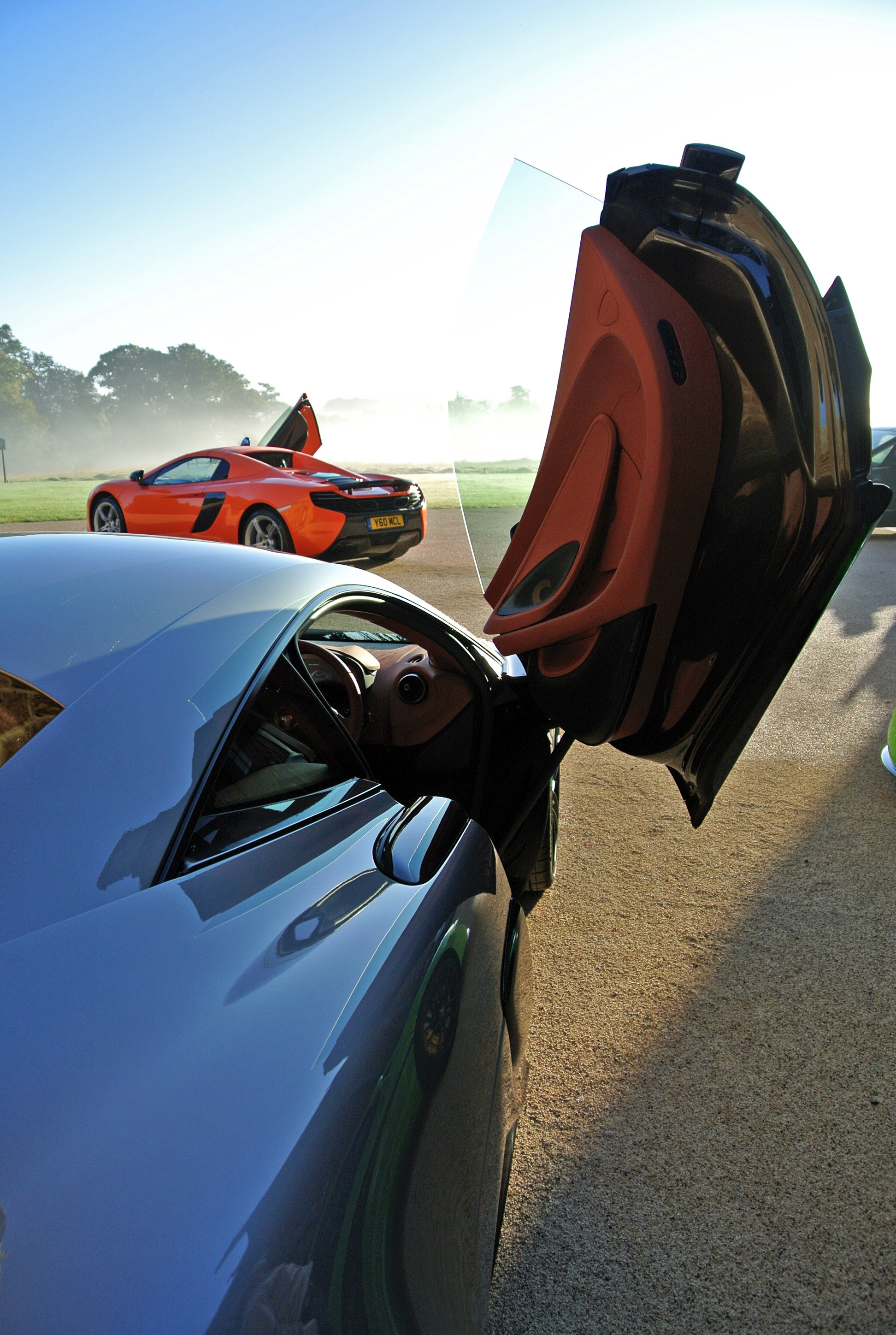If legacy were an art form, Bruce McLaren painted a masterpiece. As with both Morgan and Ginetta, motorsport was central to McLaren, whom had been enticed to relocate from his father’s Auckland garage, by Jack Brabham his mentor, only to be ‘adopted’ by another British racing genius, John Cooper, in 1958. To suggest that he scarcely had time to look back would be an understatement. In just twelve all-too-brief years, he won several GPs, drove for both Aston Martin and Jaguar and was part of the 1966 Le Mans winning Ford GT40 team.
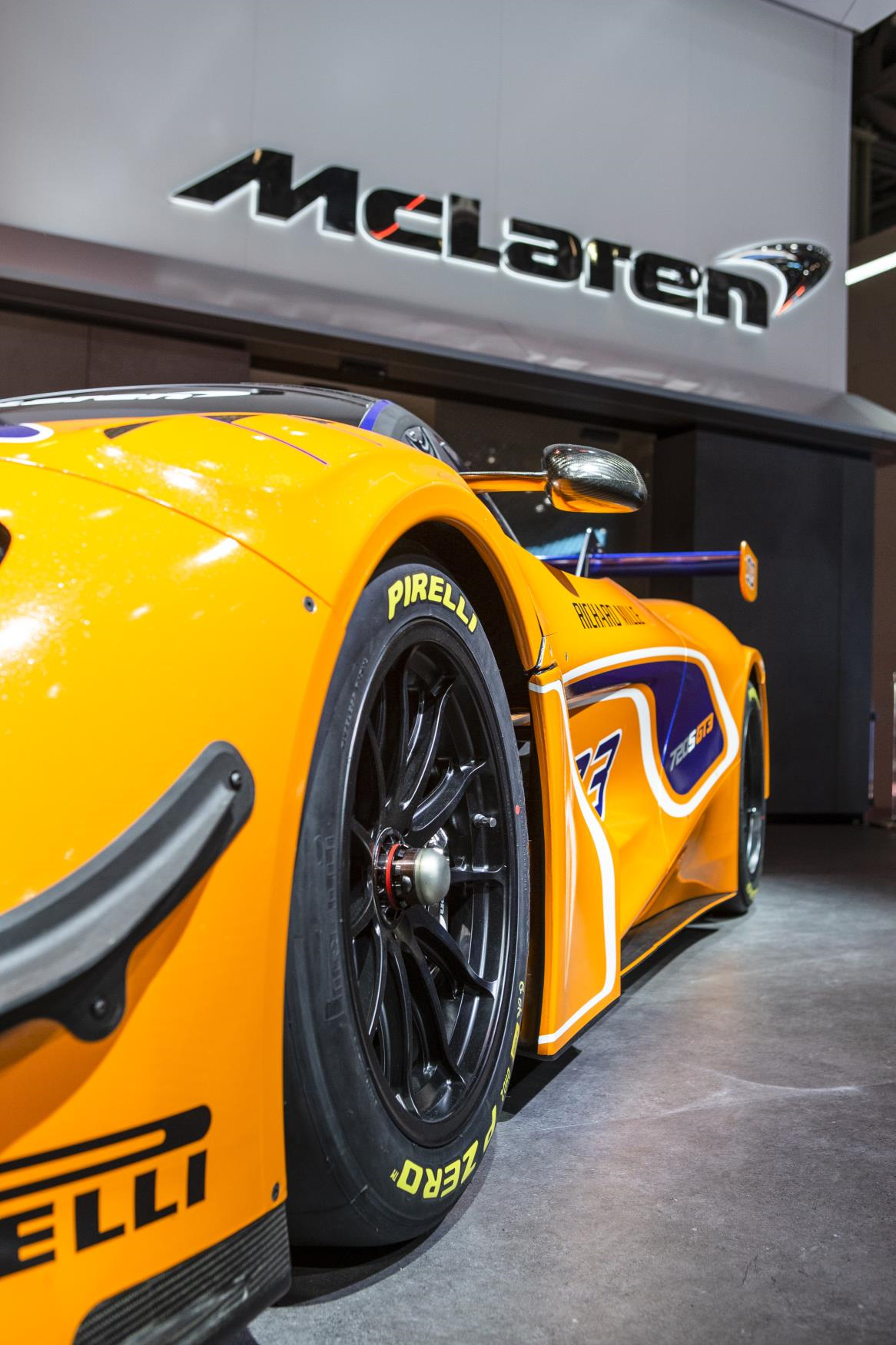
His first road car, the M6GT, of which only two examples were produced and remain in private owners’ hands, was curtailed by his premature demise. Ron Dennis merged his motor racing business with McLaren in 1980. By 1988, work had commenced on the second McLaren road car, the aptly-named F1, which drew together the immense talents of Dennis, Gordon Murray and Peter Stevens, Lotus Cars former design boss. Only 106 examples were produced of the 1992 supercar, which was priced at a stratospheric £634,500.
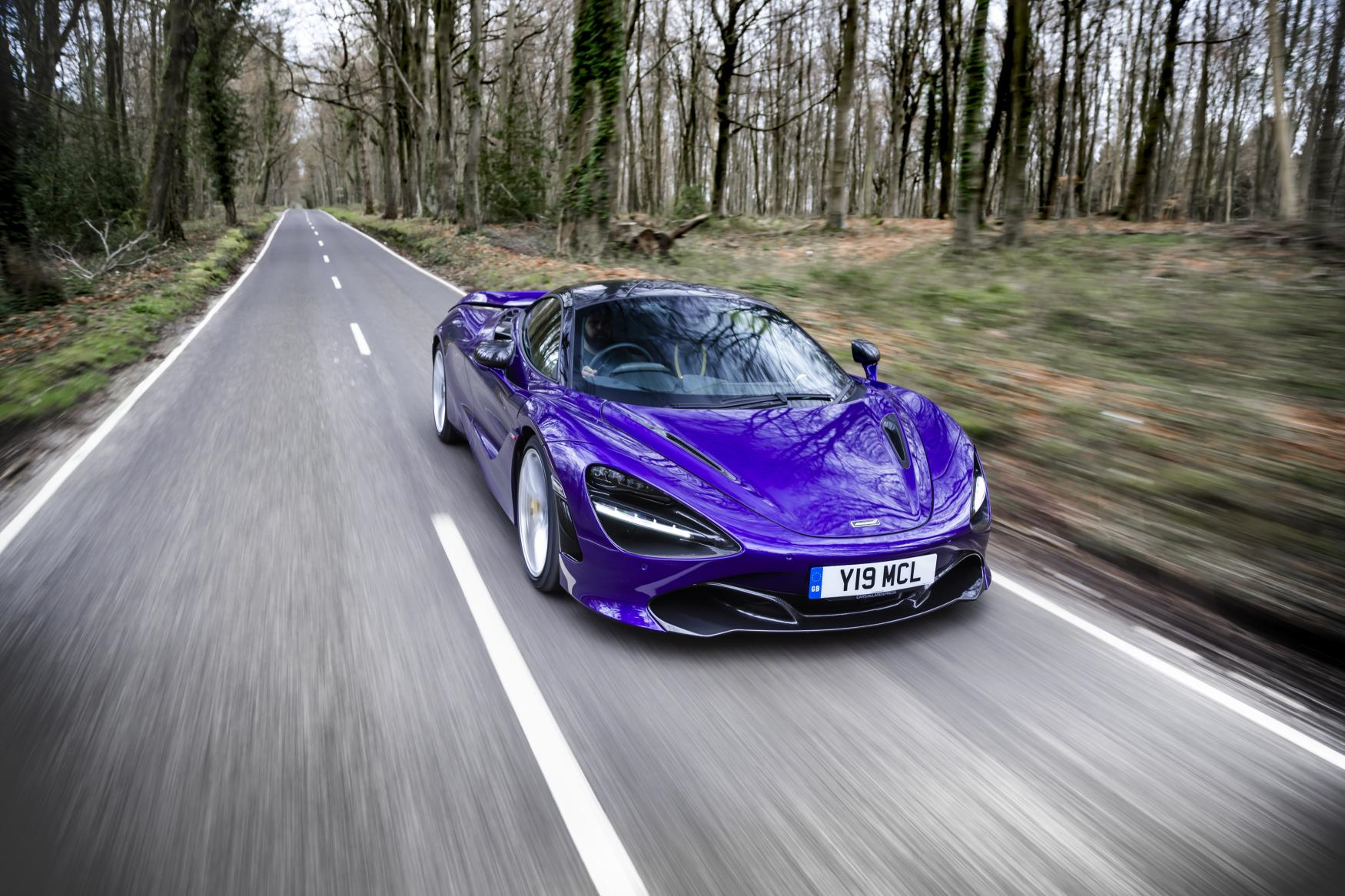
Today, McLaren Automotive has been prolific in its design and development processes of several stellar supercars, establishing its unique three-tier model format: the underpinning Sport Series (540C and 570S models), the more potent Super Series (650S, 675LT and 720S) and the Ultimate Series (epitomised by the 903bhp hybrid P1 model, the P1 GTR and the Senna). Each boasts thrilling performance statistics, with even the slowest model despatching 0-60mph in around 3.0s, allied to top speeds in excess of 200mph; the perfect calling card for high performance addicts.
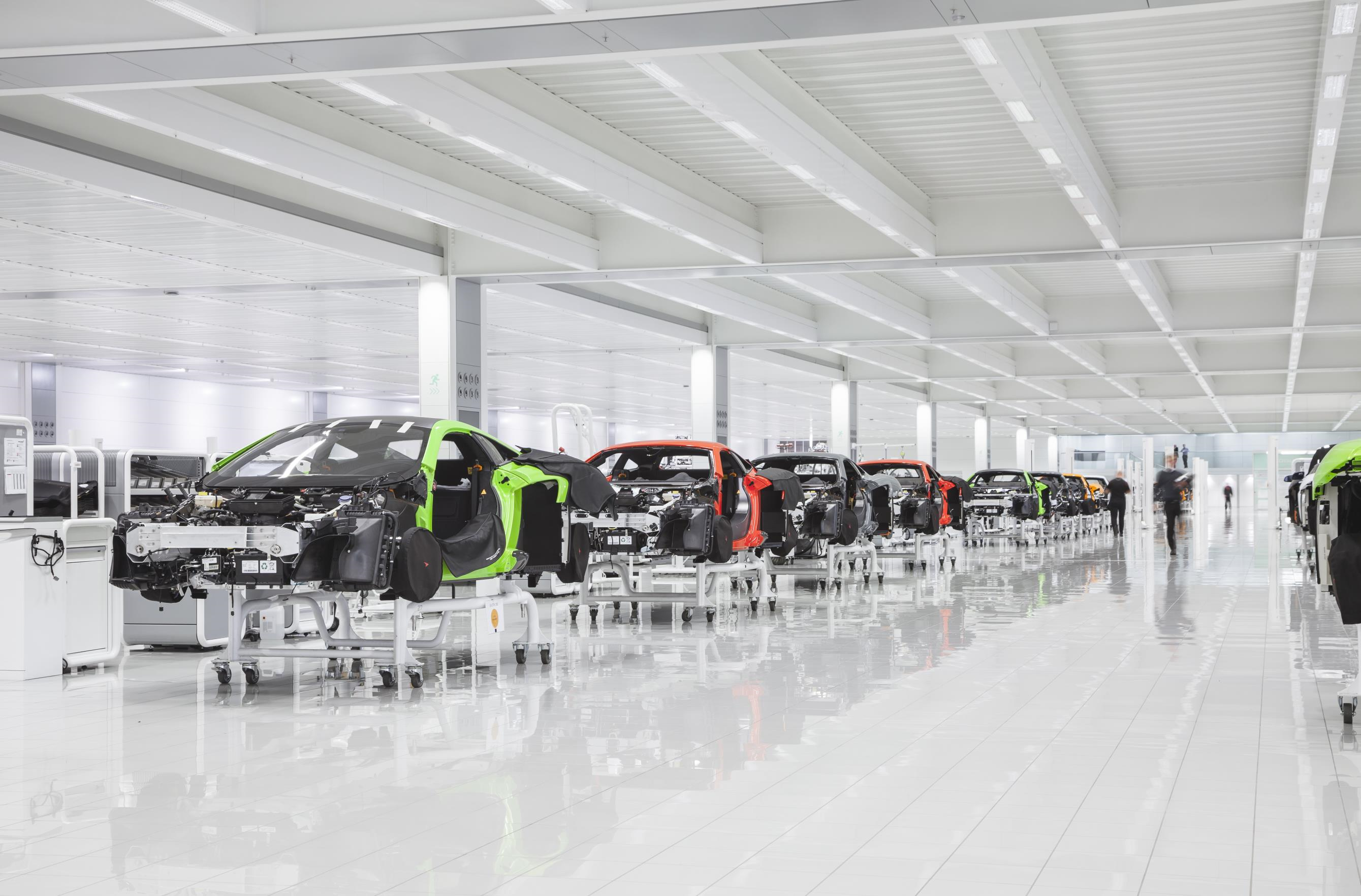
Unlike Morgan that exercises a long waiting list, or Ginetta that wants to emulate the McLaren legacy in its own way, McLaren can state categorically that it is an unparalleled Great British success story, capable of tackling its high-end German and Italian rivals head-on. Yet, it is also one that does not overplay its hand. A huge slice of its annual profits is fed directly back into the firm. It works frugally. It satisfies demand. In the process, it has become the least depreciating range of new models in automotive history. McLaren is amazing.
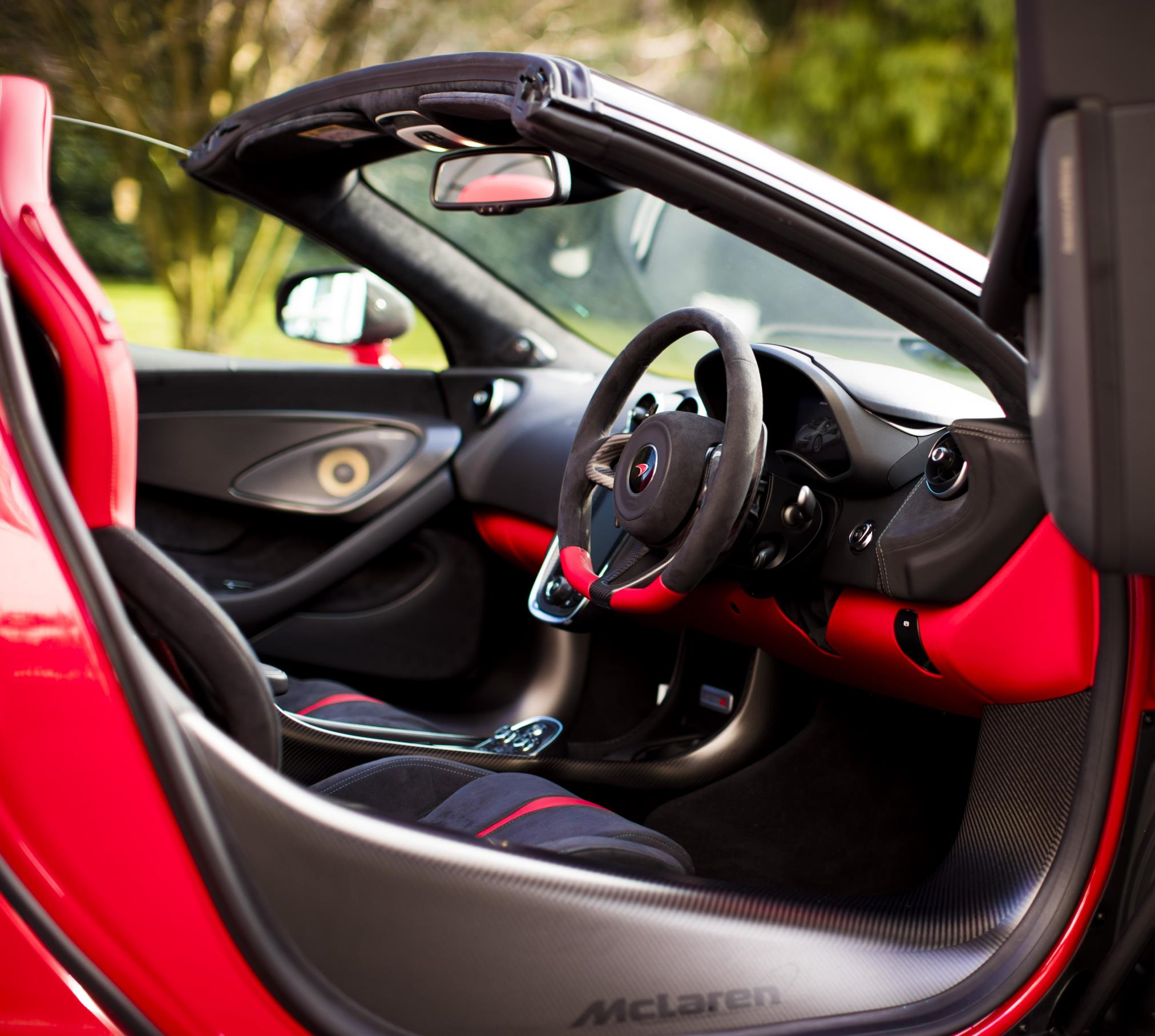
By 2016, in only five years of production history, McLaren sold its 10,000th car. Around May 2019, the company will have sold its 20,000th. Customer satisfaction levels are virtually unrivalled and the firm’s motorsport victories, if not in F1, are on a peak in the sportscar arena. For race car teams, it has always been stated that racing improves the breed. Road car spin-offs have seldom been less than fruitful and racing versions of McLaren sportscars prove the theory to perfection.
